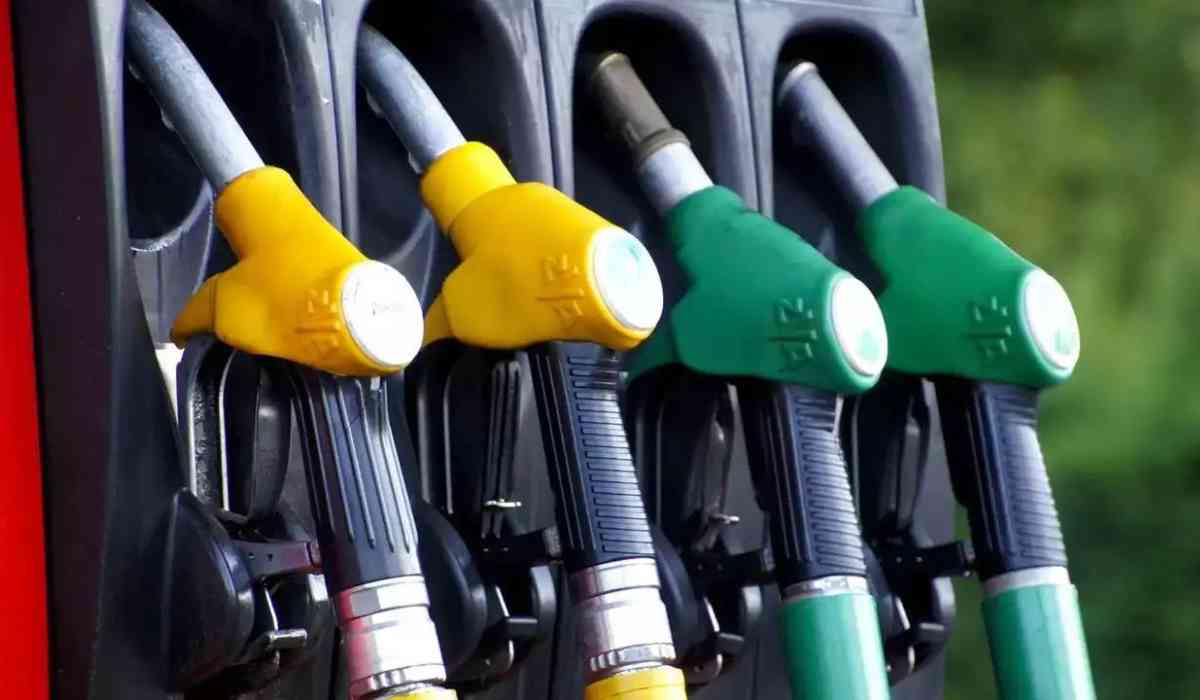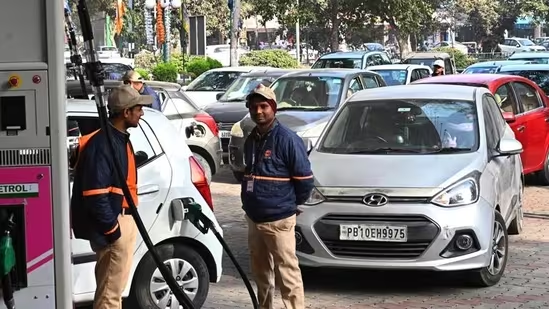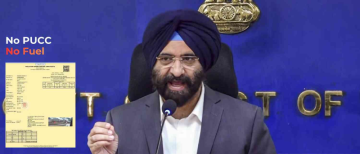State-run oil companies may lower petrol and diesel prices next month after releasing their third-quarter earnings, which are expected to exceed a record ₹75,000 crore despite lower crude oil acquisition costs.
Since April 2022, public sector fuel merchants have maintained their rates. According to officials, a comprehensive pricing assessment is about to take place, and the enterprises may have profit margins of up to ₹10 per litre that they can pass on to customers. Ahead of the 2024 General Elections, the action might become important and help control inflation.
"Due to increasing marketing margins on gasoline sales, the three OMCs (oil marketing corporations) reported significant net profit in Q1 and Q2 [of FY2023-24], and this trend will continue in Q3. They may think of cutting the price of petrol and diesel by ₹5 to ₹10 per liter after the findings are in by the end of this month, preserving some margin for any increases in global oil prices in the future. "The companies will make a decision after consulting with their stakeholders," one of the persons said, requesting anonymity.
Image source: X(twitter)/ Hindustan times
Dip in Petrol & diesel prices
The government is the promoter and owner of the majority of shares in all three of the OMCs. The combined net profit for the three enterprises in the first half of 2023–24 was ₹57,091.87 crore as of right now, which represents a 4,917% increase over the ₹1,137.89 combined net profit for the entire fiscal year of 2022–23. Hindustan Petroleum Corporation Ltd (HPCL), which said that it will reveal its Q3 results on January 27, is expected to make announcements at roughly the same time as the other two corporations, Indian Oil Corporation (IOC) and Bharat Petroleum Corporation Ltd (BPCL).
Although the government oversees public sector OMCs, it has maintained that the three companies have the freedom to alter fuel pump rates. With more than 90% of the domestic fuel retail sector, the OMCs have a monopoly and control private retailers' prices. In December 2023, retail inflation in India rose slightly to a four-month high of 5.69%. Although the increase was primarily due to increasing food prices, the government would make every effort to keep it low, at least below the Reserve Bank of India's top tolerance limit of 6%, a second person said, asking not to be named.
The gradual decline in tax
Data indicates that on April 6, 2022, OMCs frozen the prices of gasoline and diesel due to fluctuations in global oil prices. Meanwhile, the central government lowered excise duties twice, by ₹13 for gasoline and ₹16 for diesel, to safeguard consumers when average crude purchase prices (Indian basket) increased from $73.30 per barrel in December 2021 to $112.87 per barrel in March 2022 and then to $116.01 per barrel in June 2022.
Additionally, the windfall tax on fuel exports has been gradually decreasing from ₹6 per litre since September 2023 to zero. The gasoline levy was eliminated on July 20, 2022, and the ATF levy was eliminated on March 4, 2023. Due to the weakening of global oil prices, the tax on locally produced crude oil was also lowered on Tuesday to ₹1,700 per tonne, a progressive decrease from ₹23,250 per tonne when it was initially implemented on July 1, 2022.
Image source: Times Now
Ⓒ Copyright 2024. All Rights Reserved Powered by Vygr Media.























